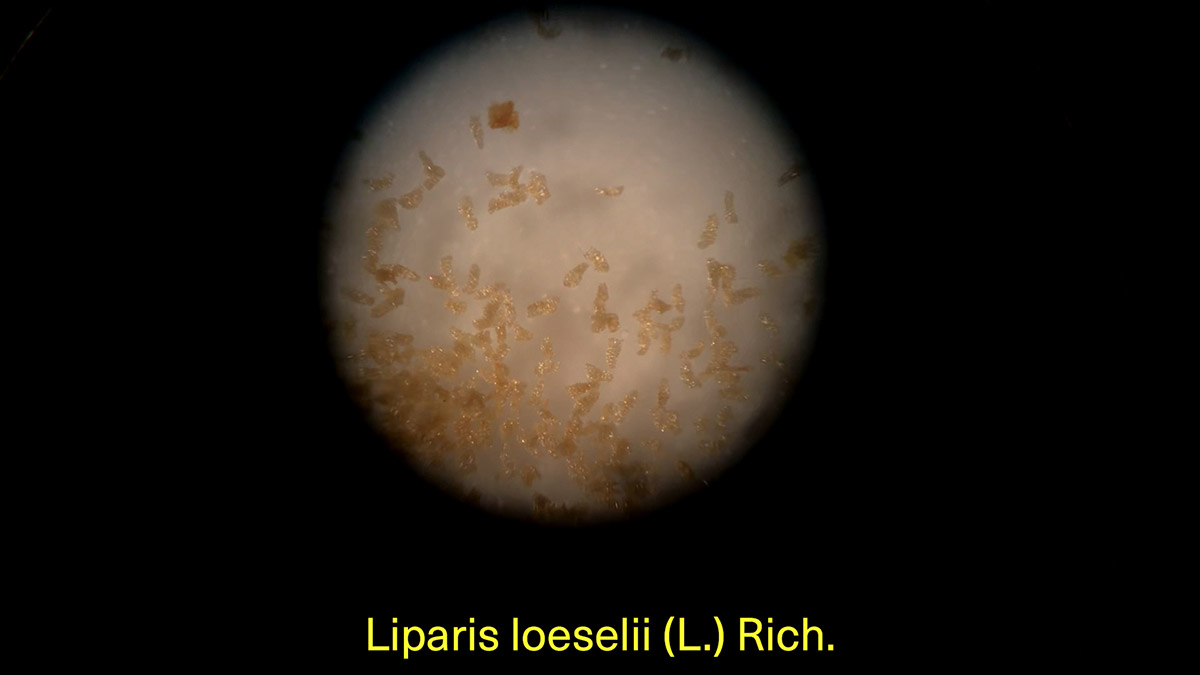Authors: Hanna Rullmann and Faiza Ahmad Khan
Region: Calais, France – UK border
Image: Habitat 2190, Hanna Rullmann and Faiza Ahmad Khan
In early March 2017, then-French Minister of Interior Bruno Le Roux spent a day in Calais, France, in the context of migration issues in the region. Part of his excursion involved a visit to La Lande, the site of migrant camp ‘The Jungle’, that was cleared of people and encampments in October 2016, and was now intended to become part of the neighbouring nature reserve Fort Vert. Accompanied by the Mayor of Calais, Natacha Bouchart, Le Roux was guided through the landscape by a representative of regional nature organisation Conservatoire du Littoral (Coastal Conservation). Interviewed on location by journalists, the minister stated: “I wanted to be in Calais today with the elected officials and the mayor to see that the dismantling [of ‘The Jungle’] was a successful operation and that it will now continue with an ambitious project to return this territory back to nature. To ensure that it benefits the environment and especially to make sure that there will be no new encampments in Calais.”
Le Roux’s explication of the site’s ‘return to nature’ as both beneficial to the environment as well as to security measures (‘to make sure that there will be no new encampments’) warrants an analysis of the nature reserve’s various features in the context of the UK and France’s history of border violence in and around Calais. The reserve’s objectives, laid out in a landscape proposal by Conservatoire du Littoral, range from attracting migrating birds to cultivating the re-appearance of the highly protected fen orchid (Liparis loeselii), while at the same time constructing sandbanks, lakes and ditches to prevent access and thus new migrant encampments.
Following UK-France bilateral securitisation of Calais over the past 20 years, through walls, fences, forced evictions, surveillance, etc., a ‘return to nature’ of Calais’ biggest migrant camp to date raises urgent questions about the governmental motives related to the construction of ‘natural’ landscapes. To what historic nature is the landscape being ‘restored’? In what way does this constitute an erasure of more recent histories of border violence, migrant abandonment and expulsion? How do endangered species’ rights and protected habitat classifications act as a discriminatory regimen of exclusion and control of migrant presence? In what way does the implementation of a nature reserve play into ideas of ‘nature’ as ahistorical and uncontrolled, depoliticising an act of border enforcement?
